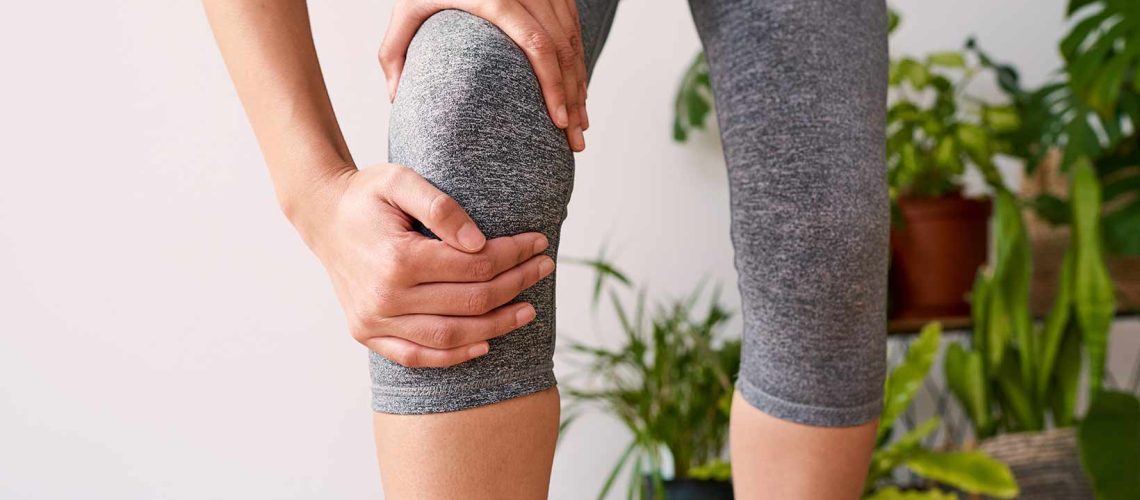Yoga is a fantastic way to keep your body healthy, both physically and mentally. It can help with flexibility, strength, balance, and stress relief. However, like any physical activity, it’s essential to take care of your body to avoid injury. In this blog, we’ll focus on knee health for yoga.
The knees are one of the most significant joints in the body, and they’re crucial for many yoga poses. Unfortunately, they’re also susceptible to injury, especially if they’re not properly warmed up or if you have pre-existing knee issues. I always tell my students that they should not feel any pain, if they do, then stop or modify your pose. Here are some other great tips for maintaining healthy knees during your yoga practice.
Warm up your knees
Before starting your yoga practice, make sure to warm up your knees with some gentle stretches. You can start by sitting cross-legged and gently moving your knees up and down, side to side, and in circles. This will help lubricate the joints and get them ready for more challenging poses.
Use props
Props like blocks, knee pads, and blankets can be helpful for supporting your knees in certain poses. For example, if you’re in a low lunge, you can place a block under your front foot to reduce the pressure on your knee. If you’re in a seated forward fold, you can sit on a blanket to lift your hips and take pressure off your knees. You can also use a yoga knee pad or knee cushion if you need to alleviate painful pressure points such as knees, wrists or elbows.
Listen to your body
It’s essential to listen to your body and not push yourself too hard in yoga. If a pose doesn’t feel right or if you’re experiencing pain, stop and modify the pose or skip it altogether. Remember that everyone’s body is different, and what works for one person may not work for another.
Strengthen your knees
Strengthening the muscles around your knees can help prevent injury. Try incorporating poses like chair pose, warrior 2, and tree pose into your practice, as these poses can help build strength in your quads and hamstrings.
Avoid hyperextension
Hyperextension is when your knee joint goes past its normal range of motion, which can put pressure on the joint and lead to injury. To avoid hyperextension, engage your quadriceps (thigh muscles) in poses like warrior 2 and chair pose. You can also micro-bend your knees in standing poses to avoid locking them out.
In conclusion, taking care of your knees is crucial for a healthy yoga practice. By warming up your knees, using props, listening to your body, strengthening your knees, and avoiding hyperextension, you can keep your knees healthy and pain-free. Remember that yoga is a lifelong practice, and it’s important to prioritize your body’s health and well-being above anything else.
